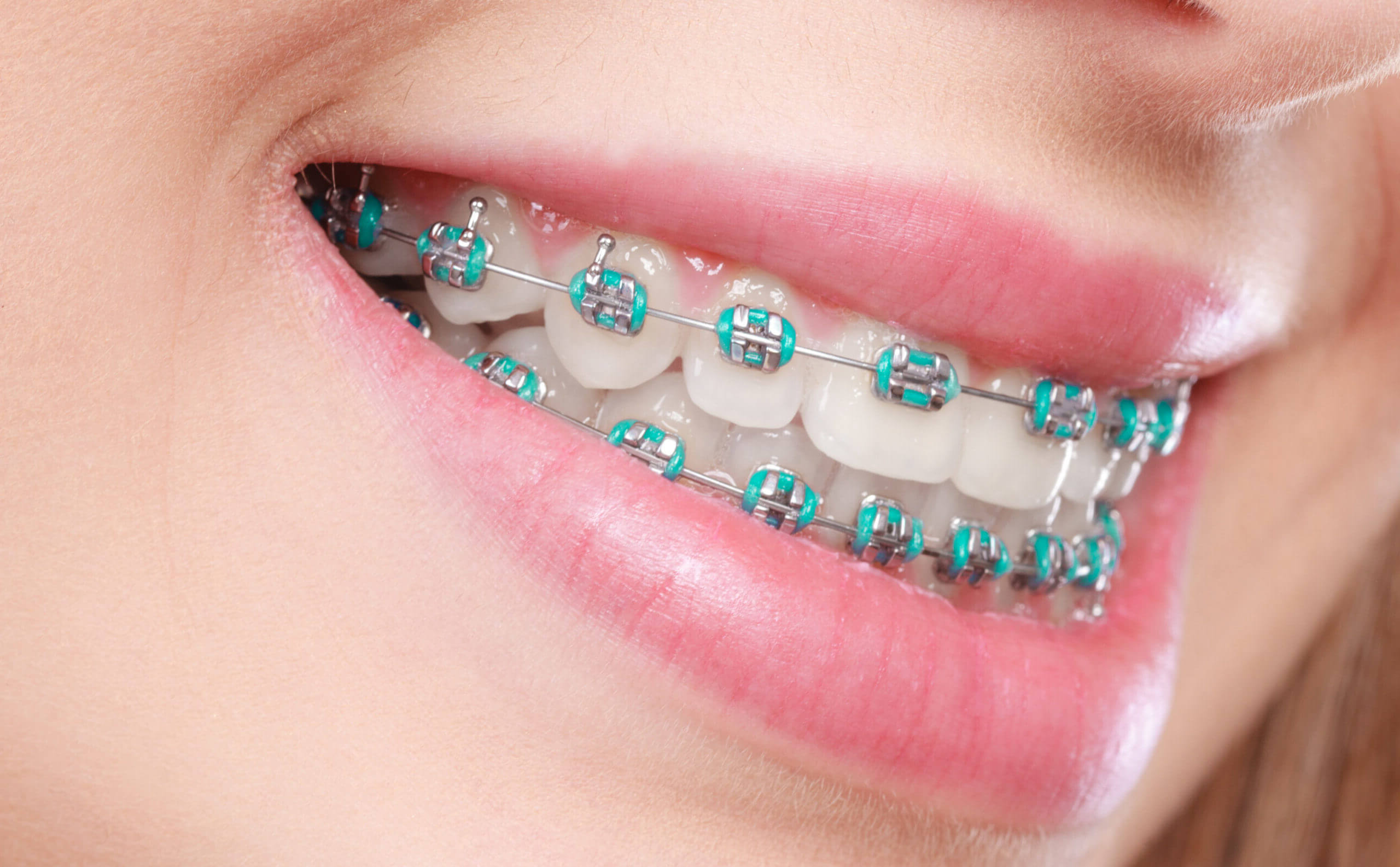
Braces are more than just a tool for straightening teeth; they’re a gateway to a healthier smile. Did you know that braces have been around since ancient times? Yes, even the Egyptians had their own methods for aligning teeth! Today, modern braces come in various types, from traditional metal to clear aligners. But why do people need braces? Crooked teeth, overbites, and underbites can cause problems with chewing, speaking, and even self-esteem. How long do you have to wear them? Treatment usually lasts between 18 months to 3 years, depending on the complexity. Are they painful? Initially, there might be some discomfort, but it usually subsides. What about maintenance? Proper cleaning is crucial to avoid plaque buildup. Ready to learn more? Let’s dive into 25 fascinating facts about braces!
Key Takeaways:
- Braces have been around for centuries and come in different types, like metal and clear aligners. They work by applying pressure to move teeth and offer health benefits like easier cleaning and improved digestion.
- While braces can be uncomfortable and require extra care, they also have fun aspects, like being worn by celebrities and customizable colored bands. NASA even developed the alloy used in some braces!
What Are Braces?
Braces are dental devices used to correct misaligned teeth and jaws. They are common among teenagers but can be used by adults too. Here are some interesting facts about braces.
-
Braces have been around since ancient times. Archaeologists have found mummies with metal bands wrapped around their teeth.
-
Modern braces were invented in 1819 by Christophe-Francois Delabarre, a French dentist.
-
Braces work by applying continuous pressure over time to slowly move teeth in a specific direction.
-
The average treatment time for braces is about two years, but it can vary depending on the complexity of the case.
-
There are different types of braces, including traditional metal braces, ceramic braces, and clear aligners like Invisalign.
How Braces Work
Understanding how braces work can make the process less daunting. They use a combination of brackets, wires, and bands to move teeth into the desired position.
-
Brackets are small squares bonded directly to the front of each tooth with a special dental adhesive.
-
Archwires are thin metal wires that connect the brackets and guide the movement of the teeth.
-
Elastic bands, also known as ligatures, hold the archwires to the brackets and can come in various colors.
-
Some braces use self-ligating brackets, which don't require elastic bands, making them easier to clean.
-
Regular adjustments are necessary to tighten the wires and ensure the teeth are moving correctly.
Benefits of Braces
Braces do more than just improve your smile. They offer several health benefits that can last a lifetime.
-
Straight teeth are easier to clean, reducing the risk of cavities and gum disease.
-
Properly aligned teeth can improve chewing and digestion.
-
Braces can help correct speech issues caused by misaligned teeth.
-
They can also alleviate jaw pain and headaches associated with bite problems.
-
A straight smile can boost self-esteem and confidence.
Challenges of Wearing Braces
While braces offer many benefits, they also come with some challenges. Knowing what to expect can help you prepare.
-
Braces can cause discomfort, especially after adjustments. Over-the-counter pain relievers can help.
-
Certain foods, like sticky candy and hard nuts, should be avoided to prevent damage to the braces.
-
Brushing and flossing require extra effort to keep teeth and braces clean.
-
Mouth sores can develop from the brackets and wires rubbing against the inside of the mouth.
-
Regular dental check-ups are crucial to monitor progress and address any issues.
Fun Facts About Braces
Braces have some surprising and fun aspects that you might not know about. Here are a few to lighten the mood.
-
NASA developed the alloy used in some braces, making them both strong and flexible.
-
The first clear aligners were introduced in 1997, revolutionizing orthodontic treatment.
-
Some celebrities, like Tom Cruise and Gwen Stefani, have worn braces to perfect their smiles.
-
Braces can sometimes set off metal detectors, but this is rare.
-
You can customize your braces with colored bands to match your style or celebrate holidays.
Final Thoughts on Braces
Braces aren't just for kids anymore. They help people of all ages achieve a healthier, more attractive smile. From traditional metal braces to clear aligners, there are options to fit different needs and lifestyles. While wearing braces might seem daunting, the benefits far outweigh the temporary inconvenience. Improved oral health, better alignment, and boosted confidence are just a few perks. Remember, maintaining good oral hygiene during treatment is crucial to avoid complications. Regular check-ups and following your orthodontist's advice will ensure the best results. So, whether you're considering braces for yourself or a loved one, know that the journey to a perfect smile is worth every step. Embrace the process, and soon enough, you'll be flashing that beautiful, straight smile with pride.
Frequently Asked Questions
Was this page helpful?
Our commitment to delivering trustworthy and engaging content is at the heart of what we do. Each fact on our site is contributed by real users like you, bringing a wealth of diverse insights and information. To ensure the highest standards of accuracy and reliability, our dedicated editors meticulously review each submission. This process guarantees that the facts we share are not only fascinating but also credible. Trust in our commitment to quality and authenticity as you explore and learn with us.
